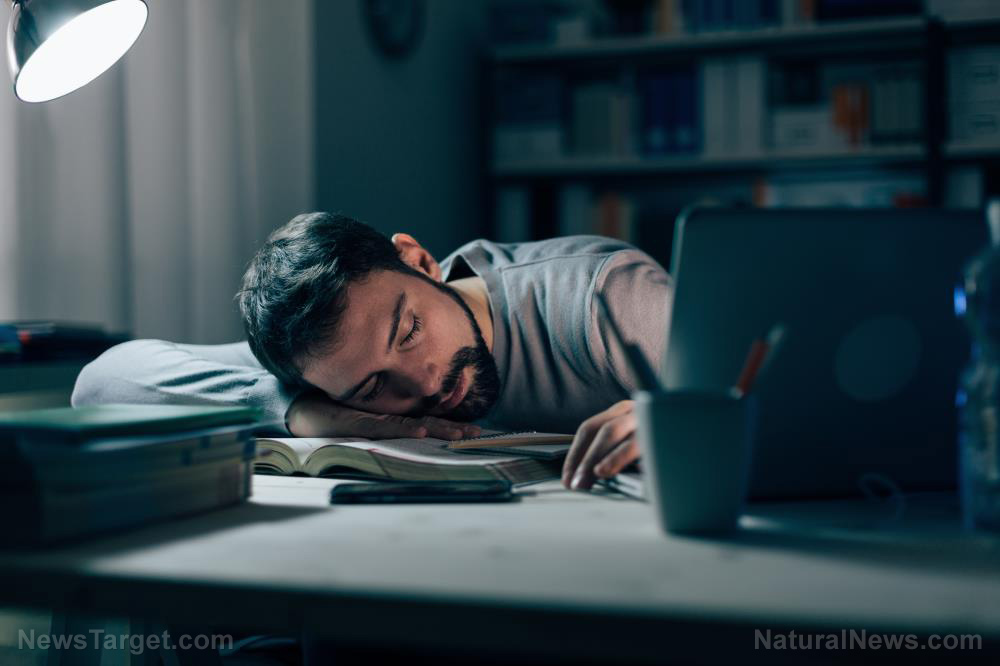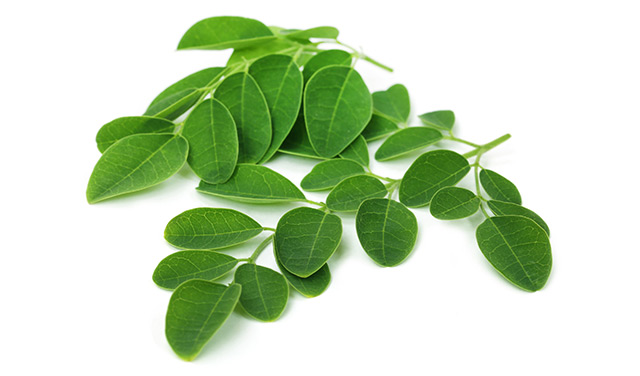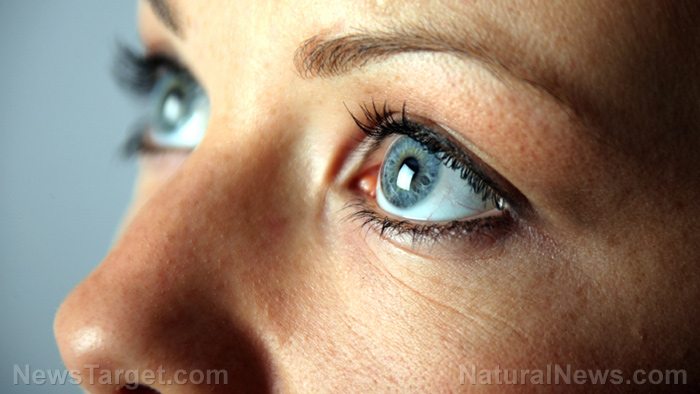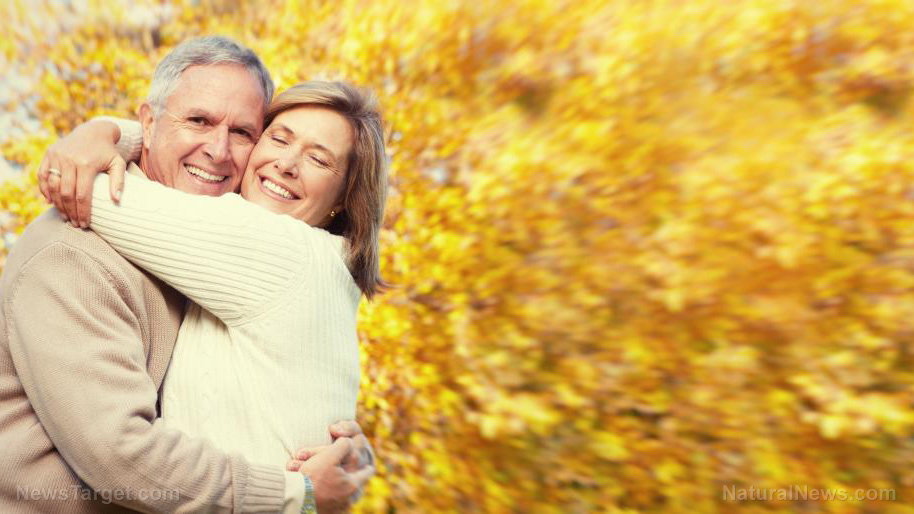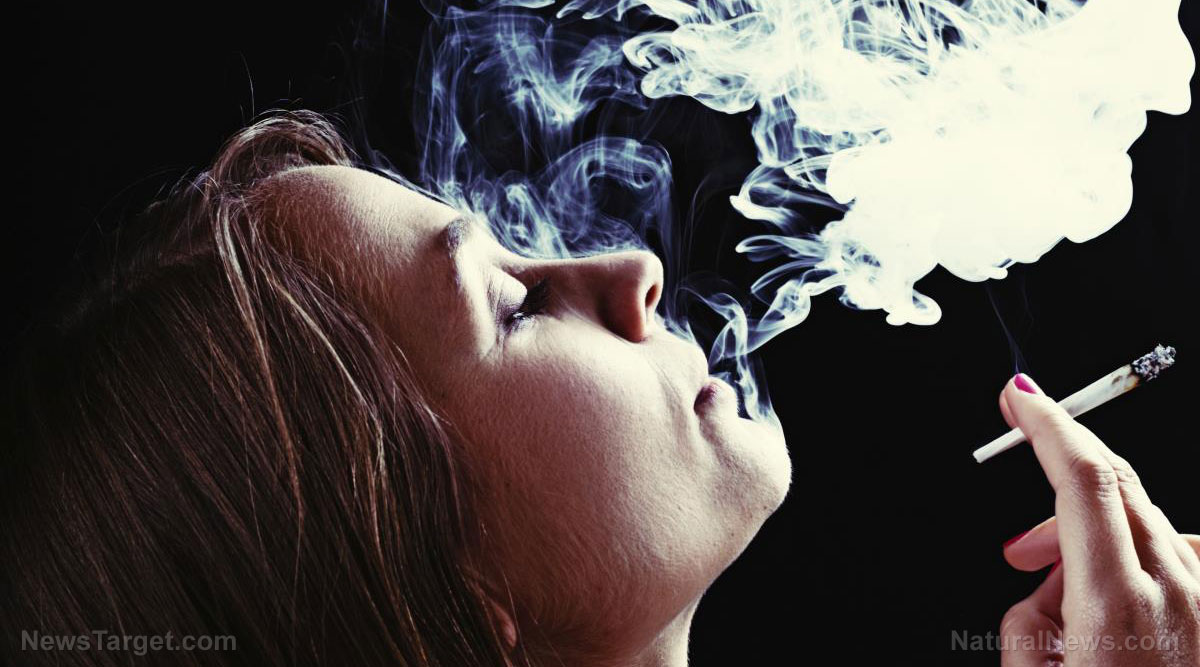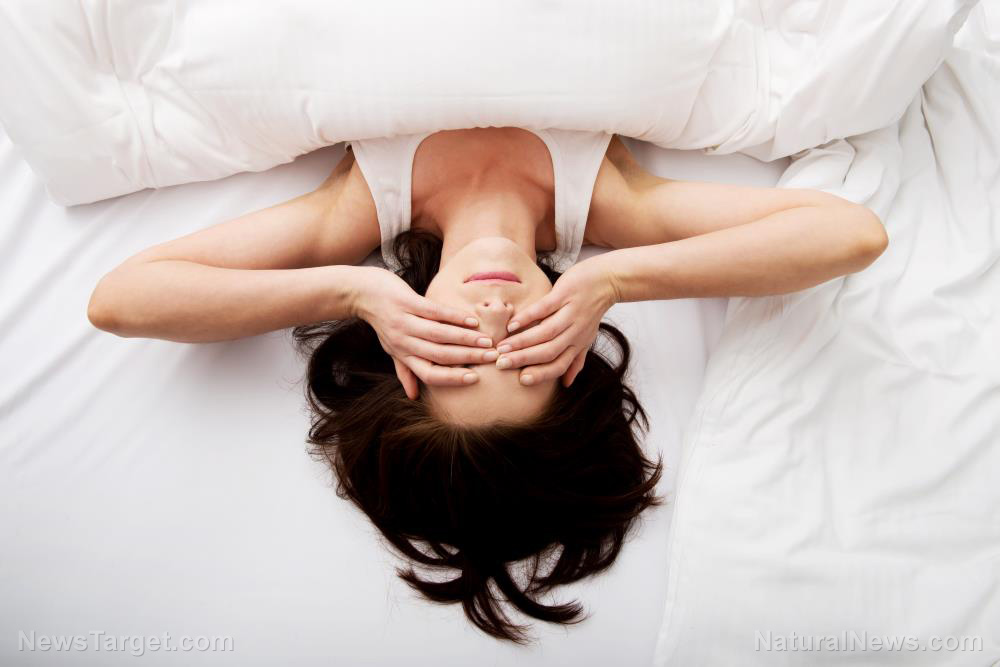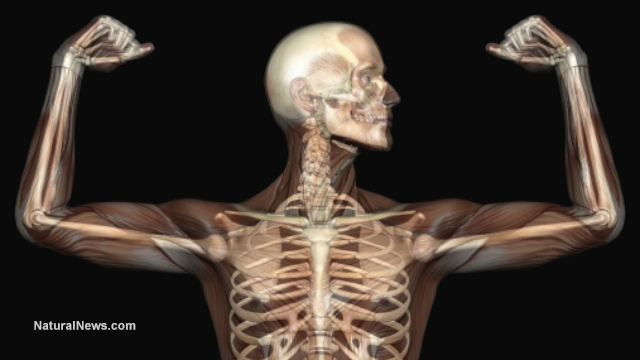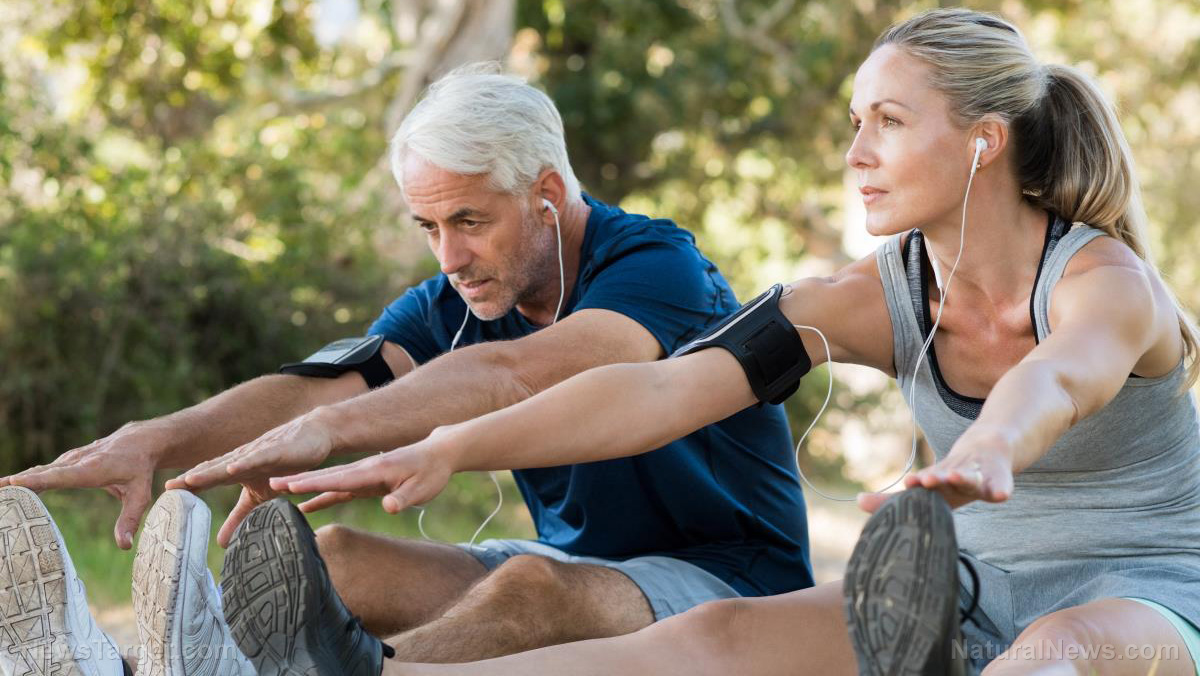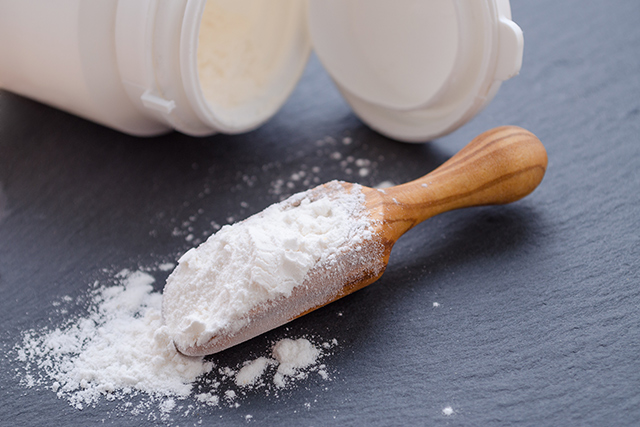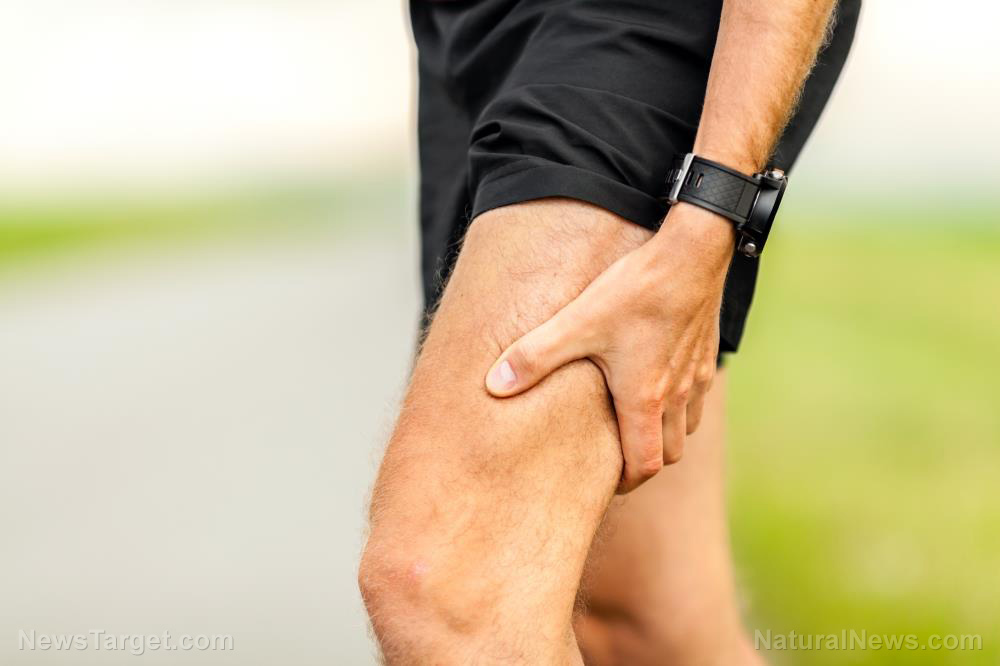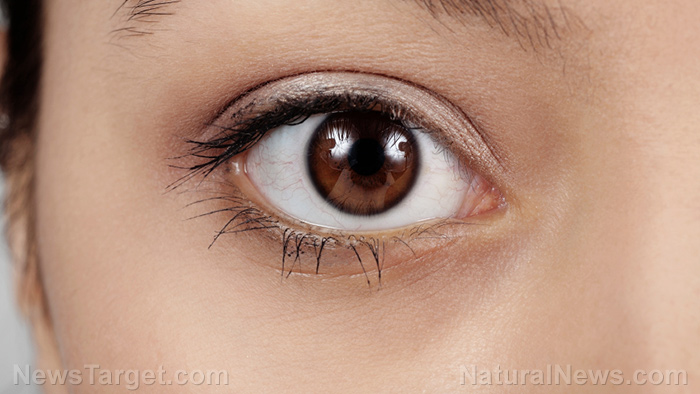Auriculotherapy, or ear acupuncture, is an effective way of alleviating symptoms of knee arthritis
09/18/2018 / By Edsel Cook

Knee osteoarthritis (OA) is a significant source of suffering for the elderly. The common options for alleviating OA-related pain are either pharmaceuticals that can cause negative side effects or acupuncture that frightens people due to the involvement of needles and the possibility of infection. Therefore, a Chinese study suggested ear acupuncture as a non-invasive option for reducing the pain from knee OA.
The technical term for ear acupuncture is “auriculotherapy.” It is a specialized form of acupuncture that targets the auricle, the part of the ear that extends out of the head.
In auriculotherapy, the ear is considered to be a tiny version of the entire human body. Stimulating certain parts of the auricle will treat symptoms found in the rest of the body.
Traditional means of ear acupuncture stimulate the acupoints with needles or plant seeds. The use of improperly-sterilized needles has the risk of transmitting infectious bacteria that can cause acupuncture mycobacteriosis and other diseases.
Modern, non-invasive treatments use either a low-power laser or magnetic pellets. Laser ear acupuncture is the more popular technique; it has been used to alleviate musculoskeletal pain, insomnia, and other conditions.
Its magnetic counterpart seems to bring about functional changes in the body by interacting with the biological magnetic field of living tissue. Whereas laser stimulation only lasts during the treatment process, magnetic ear acupuncture can provide constant stimulation of the acupoints as long as the pellets are kept in place.
Both laser and magnetic pellet techniques cause no pain and do not run the risk of infection and cross infections. (Related: Acupuncture is an effective treatment option for babies that won’t stop crying.)
Testing two non-invasive ear acupuncture methods on knee OA
Researchers from the Hong Kong Polytechnic University (HKPU) tested a combination of laser and magnetic ear acupuncture on elder patients with knee OA. They wanted to investigate any synergy between the two different techniques.
Furthermore, this trial was intended to be scaled up in the future. Thus, it also served as an indicator of the future study.
The participants were randomly assigned to four different groups: Placebo laser and real magnetic acupuncture treatment, real laser and placebo magnetic treatment, laser, and magnetic treatment, and placebo.
For the placebo laser treatment, the laser device was not turned on during the “treatment.” In the placebo magnetic treatment, the acupuncturists used plastic pellets instead of the magnetic ones.
Each session treated just one ear. The treated ear alternated for each session, starting with the right ear during the first session. The treatment period took six weeks.
The HKPU researchers evaluated the various treatment groups in terms of OA-induced pain experienced by the participant, the ability of the patient to rise up and walk, the active and passive range of movement of the knees during flexion and extension, and the patient’s satisfaction with the treatment.
The synergy between laser and magnetic auriculotherapy
Initial results showed that the overall scores of all four groups were not very different. However, participants who underwent both magnetic and laser ear acupuncture treatments reported greater relief from pain and better ambulatory ability during the timed-up-and-go tests than subjects in the other three groups.
Also, a comparison of the scores of individual members in each group showed that patients who received either magnetic, laser, or both types of ear acupuncture methods showed improvements after getting the real treatment.
The researchers concluded that not only did both forms of ear acupuncture treatment work well on their own, but their effects appeared to improve when taken together. Further research should cover bigger sample groups in order to uncover the causal relationship between treatment and effect.
Curious to know what other ailments can be relieved by acupuncture? Visit ChineseMedicine.news for more articles.
Sources include:
Tagged Under: acupuncture, alternative medicine, auricular acupuncture, auriculotherapy, joint pain, knee osteoarthritis, laser auriculotherapy, magneto-auriculotherapy, Osteoarthritis, pain relief, remedies, therapies, traditional Chinese medicine


